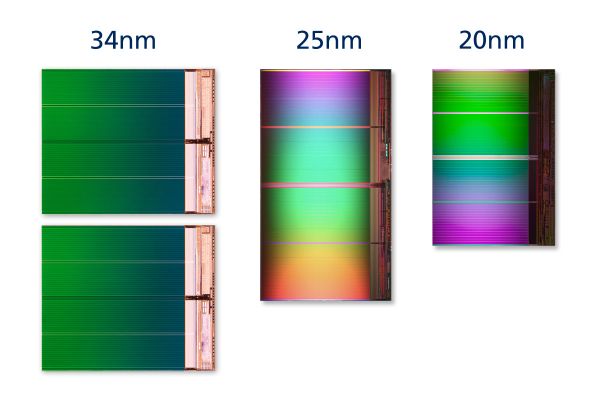Yet if the 360 could just fit assets on a 8GB disc wouldn't it be reasonable to think it would now need a larger storage medium for the 720 due to assets? One last thing, a 8GB DVD could fill the 256mb pool of ram for existing consoles 32 times. A dual layer BD (52GB) fills a 256mb pool of ram for existing consoles 208 times. A dual layer BD (52GB) can fill a 2GB pool of ram for future consoles 26 times.
Point I'm arguing is that 8x blu-ray drive might be comparatively just as fast or even faster than current gen optical media if binary size grows less than the speed of blu-ray drive. I think if assets grow to be more than 3x bigger than this gen then blu-ray next gen will start to give worse performance than optical media this gen. So if we take the assumption of 8GB game size you could triple it to 24GB next gen and see same performance from next gen console as what we are seeing today.Incidentally this would mean single layer BD is enough for next gen. You could ofcourse use dual layer BD and add more data duplication to avoid seek times...
While flash would be a step in the right direction I think the size is over-kill and the speed is sub-par. 64GB wouldn't be large enough to install future games too, would be excessivly large for buffering (2-4 GB ram in future console). Currently the fastest I've seen is an (600x) 90MBps cards and they are approaching $200 for 64GB. Granted the price will drop and we might get a 64GB card for $30 in 2 years but we still only get 90MBps on a medium that will have its life slashed by using it as a cache.
Think flash memory as the cheap base sku a la arcade xbox360. Ofcourse you would add the optional hdd for powerusers. The big installs go to hdd and flash is still being used as cache. On the cheap base unit flash is only used as cache+gamesaves+smaller psn/xbox live games storage. If you want more, you buy the optional HDD or the more expensive sku which comes with HDD.

